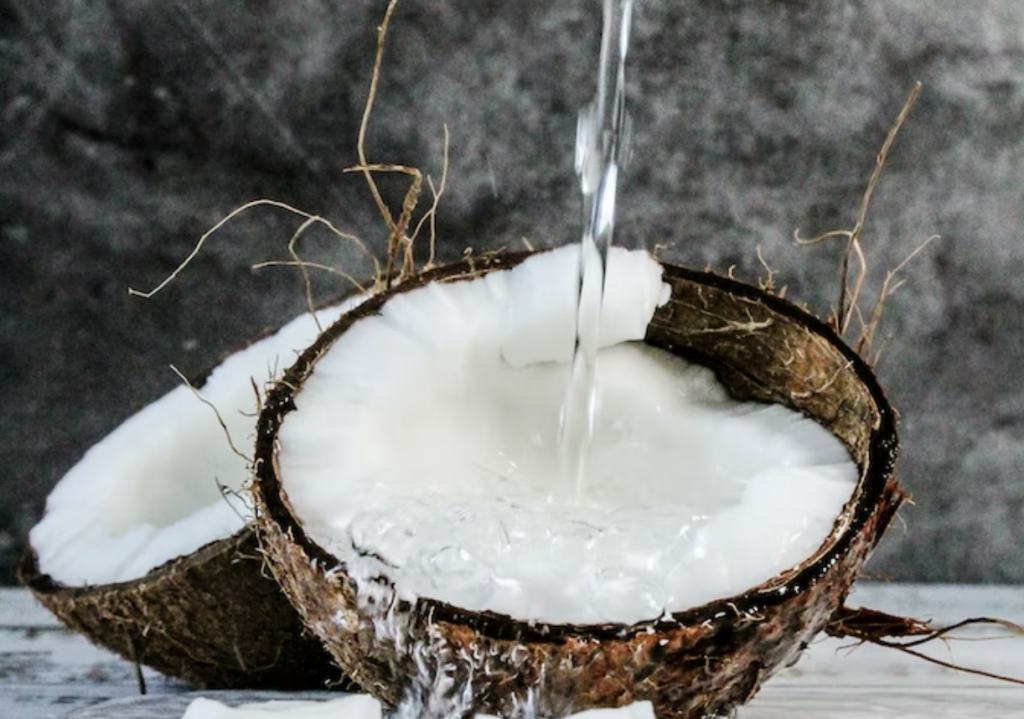The Curious Way Coconuts Are Protecting US Coastlines
Coconuts and their husks are being used to create a natural barrier on coastlines in Neptune, New Jersey, so, they don’t erode further.
This article is more than 2 years old

Climate change, the cause of so many natural disasters like hurricanes, is the culprit for eroding shorelines. However, it’s nature that is working to fix it. Coconuts and their husks are being used to create a natural barrier on coastlines, so they don’t erode further. And it works!
According to AP News, the coconut husk tactic is currently being used off a coastline by Neptune, New Jersey. The husk of the coconut is called coir and is readily available and cheap. With the help of organizations like Save Barnegat Bay, local volunteers are collecting and placing the coconut husks off the shoreline to prevent further erosion.
This is just one way in which people are helping mitigate the effects of climate change in their own communities. In Florida, residents of the Florida Keys have been using volunteer groups as well as professional companies to restore mangrove forests, as they help buffer the effects of rising sea levels.
In California, coastal cities like San Francisco are investing in infrastructure and seawalls to protect their shoreline from further erosion due to climate change. Ultimately, these efforts are meant to show how we can all make a difference in our own communities when it comes to responding to climate change.
The coconuts are great for the environment and even better for the people who are affected by this erosion. It not only creates a natural barrier to protect against future storms, but it also helps to reduce the impact of economic damage caused by storm surges, flooding, and other climate-related disasters.
They are used not only in developing countries but also countries that are more established and wealthy. They are relatively cheap and easy to transport, so they can be used in all sorts of settings.
In addition, the husks are biodegradable, which means that when the storms come and flood away all of the protective barriers, they won’t leave behind any debris or trash. Furthermore, the coconuts will begin to grow natural plants in them as the coir eventually washes away. This is how a coastline is restored naturally.
The use of coconut-based protection has become increasingly popular over the years due to the success stories of countries like India, Bangladesh, and Thailand. These countries have successfully used the nut to protect people from flooding.
Coconuts can also be used for a variety of other purposes. For example, they can be used as food sources or even be made into products like coconut oil, soap, and other beauty products.
Additionally, the husks of the nut can be used to make furniture or even jewelry. They are also a great source of income for many communities around the world due to their versatility and usefulness. Coconuts offer an affordable and natural way to protect coastlines and create a thriving economy.
In the future, countries will likely continue to turn to coconuts as an important part of their livelihood. With this in mind, it is important for us to take advantage of the benefits that the nut offers us. Saving a coastline is just another way they can continue to make us happy.




